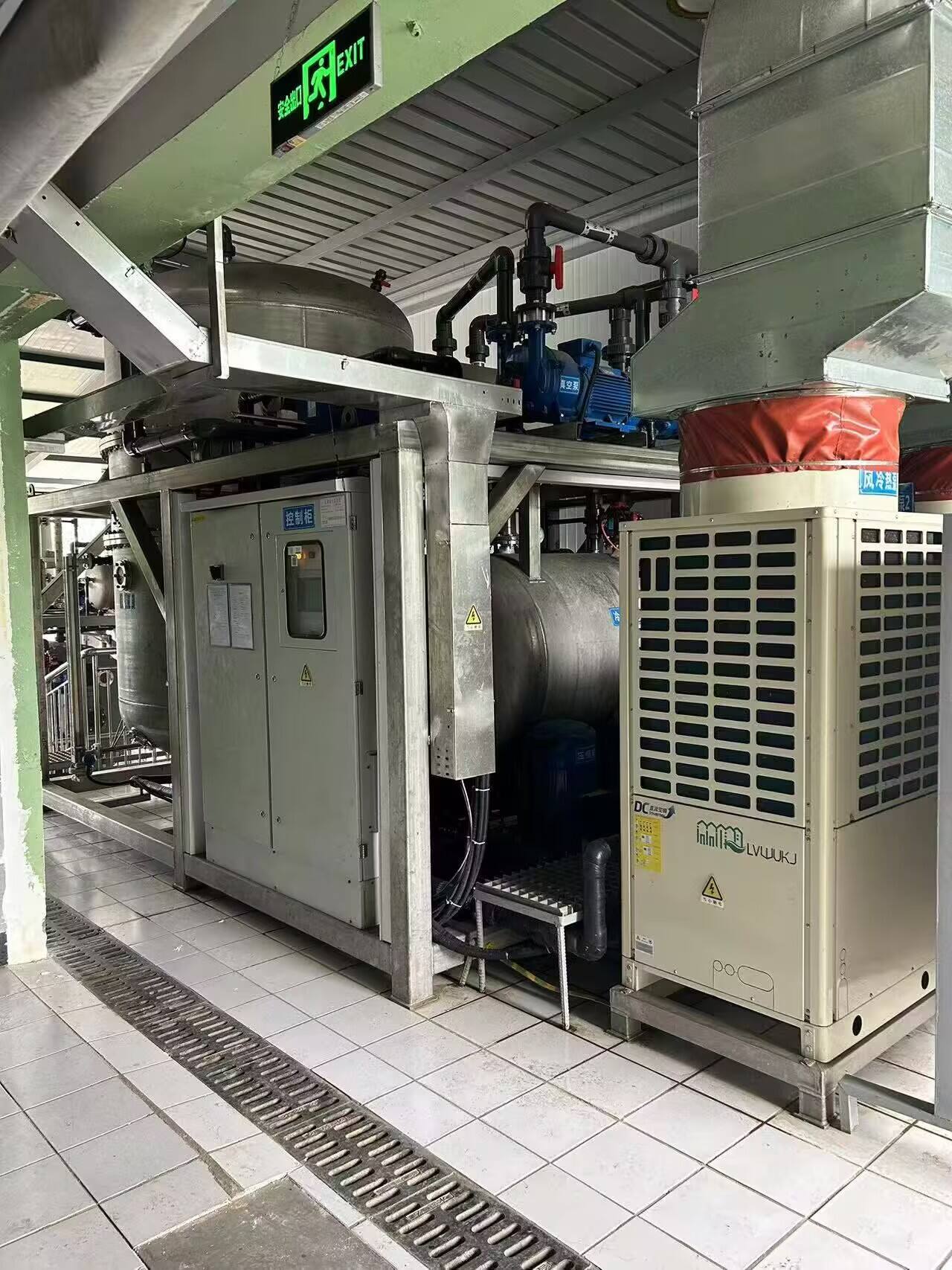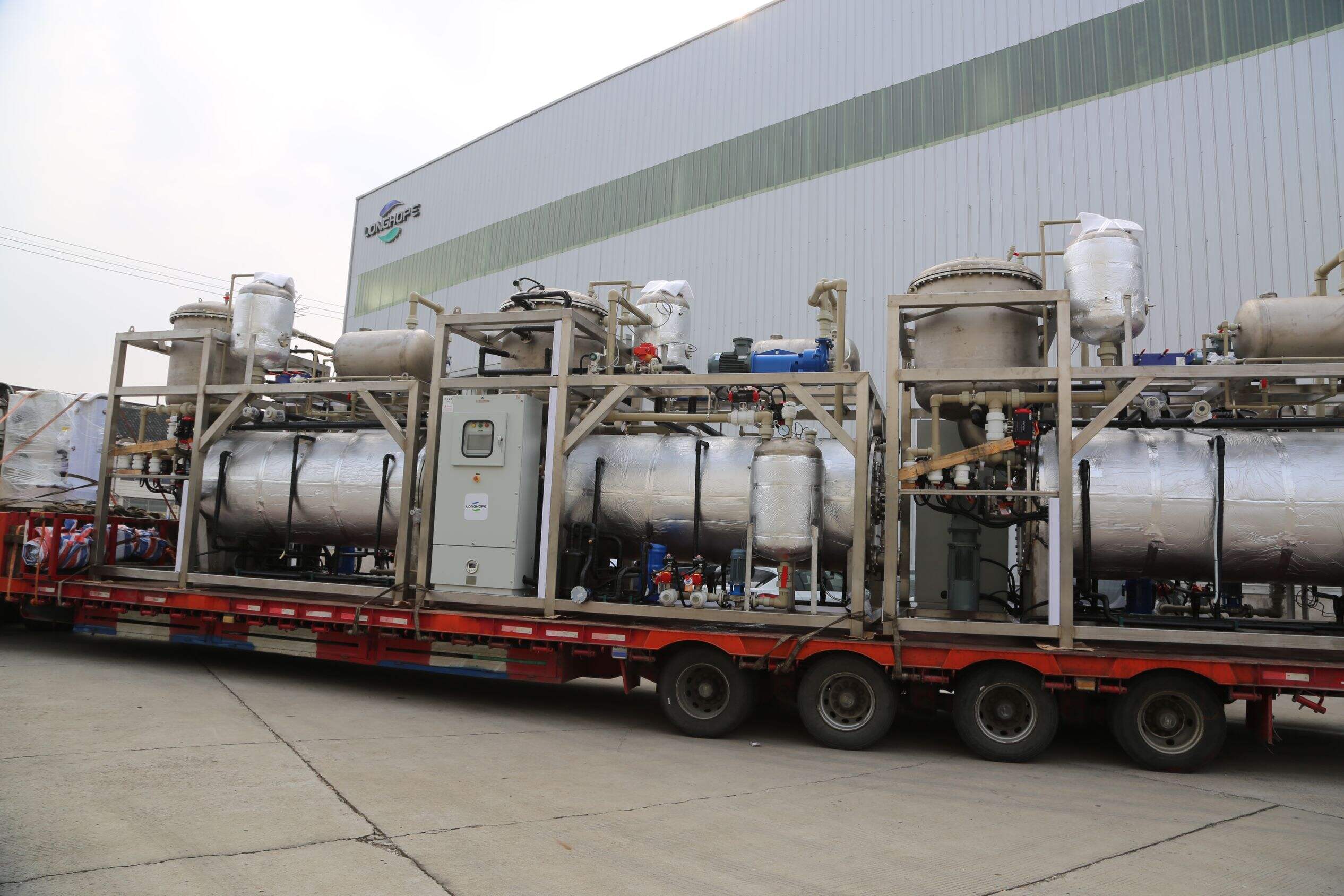industrial wastewater treatment plant equipment
Industrial wastewater treatment plant equipment represents a sophisticated system designed to purify and process contaminated water from manufacturing and industrial processes. These systems incorporate multiple stages of treatment, including primary separation, biological processing, and advanced filtration technologies. The equipment typically consists of settling tanks, biological reactors, membrane filtration units, chemical dosing systems, and sludge handling mechanisms. Each component works in harmony to remove pollutants, heavy metals, organic compounds, and suspended solids from wastewater. The primary function involves transforming hazardous industrial effluent into water that meets environmental discharge standards or can be recycled back into industrial processes. Modern treatment plants feature automated control systems, real-time monitoring capabilities, and energy-efficient designs that optimize operational performance. The equipment's adaptability allows it to handle varying flow rates and contamination levels, making it suitable for diverse industrial applications, from chemical manufacturing to food processing. These systems also incorporate advanced oxidation processes and membrane technologies for handling complex industrial waste streams, ensuring compliance with increasingly stringent environmental regulations.


